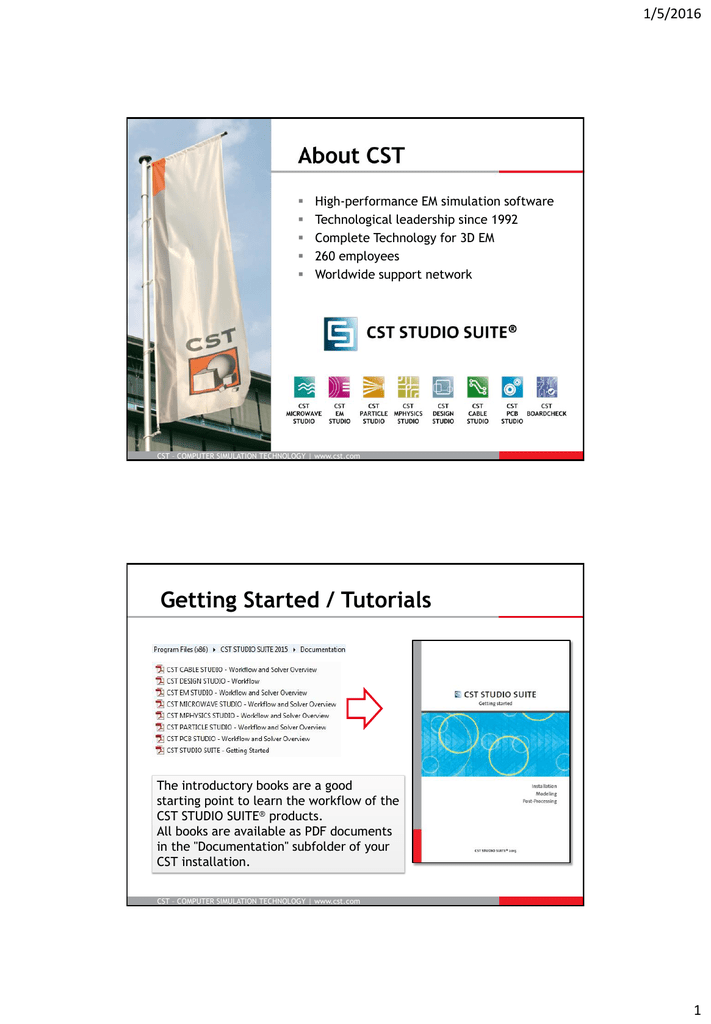
This interest arises because RBCs are biocompatible, biodegradable, non-immunogenic in nature, and less prone to aggregation and fusion 20, 21.

Gaining an understanding of whether EMF-induced permeability of RBCs can be achieved is of particular interest in the context of RBC preservation, freeze-drying, as well as from a fundamental point of view to induce pinocytosis and endocytosis in RBCs, for RBC-targeted drug delivery platforms 19. In light of these findings, the aim of this research was to determine whether exposure to 18 GHz EMF induces cell permeability in red blood cells (RBCs).

The uptake of high molecular weight dextran (150 kDa) and silica nanoparticles (23.5 and 46.3 nm in diameter) was shown for several cell types, including the prokaryotic organisms Branhamella catarrhalis, Escherichia coli, Kocuria rosea, Planococcus maritimus, Staphylococcus aureus, Staphylococcus epidermidis, Streptomyces griseus, and a unicellular eukaryotic yeast Saccharomyces cerevisiae 14, 17, 18. The EMF microwave effects in GHz frequencies have been studied recently and it was reported that multiple 18 GHz EMF exposures, with specific energy absorption rate (SAR) values between approximately 3.0 and 5.0 kW kg −1, induced permeabilization of live bacterial cells and yeast. It is thought that the effects of EMF are diverse and dependent on the strength, frequency, and duration of the EMF exposures 15, 16. The mechanisms responsible for these EMF-induced effects and not fully understood and have been the subject of debate 4, 6, 8, 11, 12, 13, 14, 15. The effects of electromagnetic fields (EMFs) upon genes 1, 2, 3, 4, 5, proteins and enzyme kinetics 6, 7, 8, 9, 10 on a molecular level have been recognised and investigated.

It is believed that EMF-induced rotating water dipoles caused disturbance of the membrane, initiating its deformation and result in an enhanced degree of membrane trafficking via a quasi-exocytosis process. The TEM analysis revealed that the nanospheres were engulfed by the cell membrane itself, and then translocated into the cytosol. The nanospheres uptake increased by up to 12% with increasing temperature from 33 to 37 ☌. It appeared that 23.5 nm nanospheres were translocated through the membrane into the cytosol, while the 46.3 nm-nanospheres were mostly translocated through the phospholipid-cholesterol bilayer, with only some of these nanospheres passing the 2D cytoskeleton network. The uptake of nanospheres (loading efficiency 96% and 46% for 23.5 and 46.3 nm nanospheres respectively), their presence and locality were confirmed using three independent techniques, namely scanning electron microscopy, confocal laser scanning microscopy and transmission electron microscopy. The results of this study demonstrated for the first time that exposure of RBCs to 18 GHz EMF has the capacity to induce nanospheres uptake in RBCs. The effect of red blood cells (RBC) exposed to an 18 GHz electromagnetic field (EMF) was studied.


 0 kommentar(er)
0 kommentar(er)
